Have you ever wondered if your dog would protect you in a moment of danger? The idea is both comforting and thrilling—imagine your furry best friend standing between you and harm, tail raised, eyes sharp, heart brave. For centuries, dogs have been our loyal companions, always alert to threats and ready to defend their loved ones. But not all protective behaviors are loud or obvious. Some are subtle, woven into the gentle tilt of a head or a quiet step between you and a stranger. If you’re curious to know if your dog carries these natural guardian traits, read on and discover the telltale signs that reveal a protective spirit in your four-legged friend.
Staying Close to You in New Situations
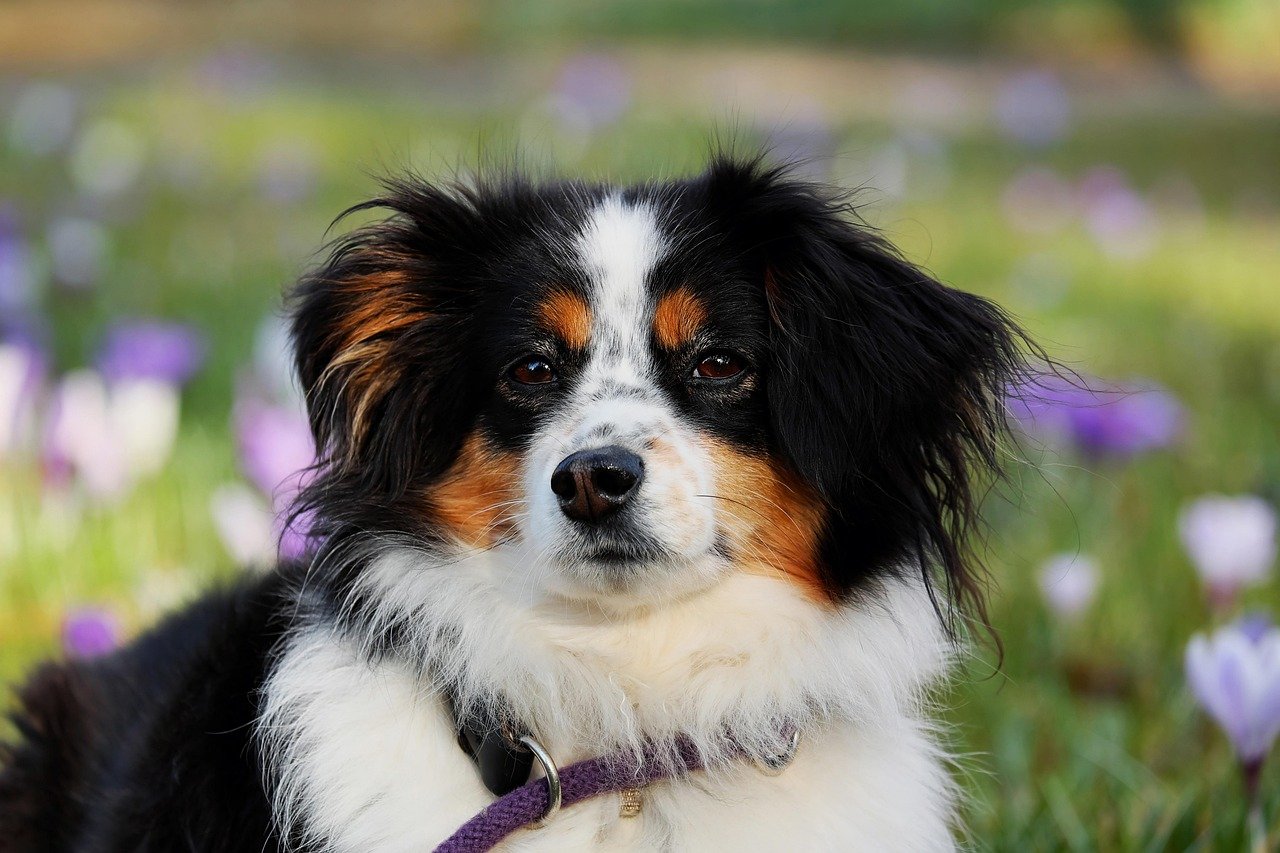
Not all dogs are born guardians, but some possess a natural instinct to protect the people and spaces they love. Whether it’s a steady gaze when a stranger approaches or a tendency to position themselves between you and perceived threats, these behaviors can be clear signs of a dog’s protective nature.
One of the first signs that your dog has a protective instinct is how they behave when you’re in unfamiliar places or around new people. Dogs with strong protective traits usually stick close to your side, almost like a shadow. They pay attention to your movements and look for cues from you. If your dog seems to position themselves between you and someone they don’t know, it’s not just affection—it’s a sign they’re watching out for you. Think of it as your dog saying, “Don’t worry, I’ve got your back,” even if you haven’t noticed any danger yourself. Dogs are incredibly perceptive, and their desire to stay near you in uncertain moments is their way of silently guarding their favorite person.
Alert and Watchful Posture
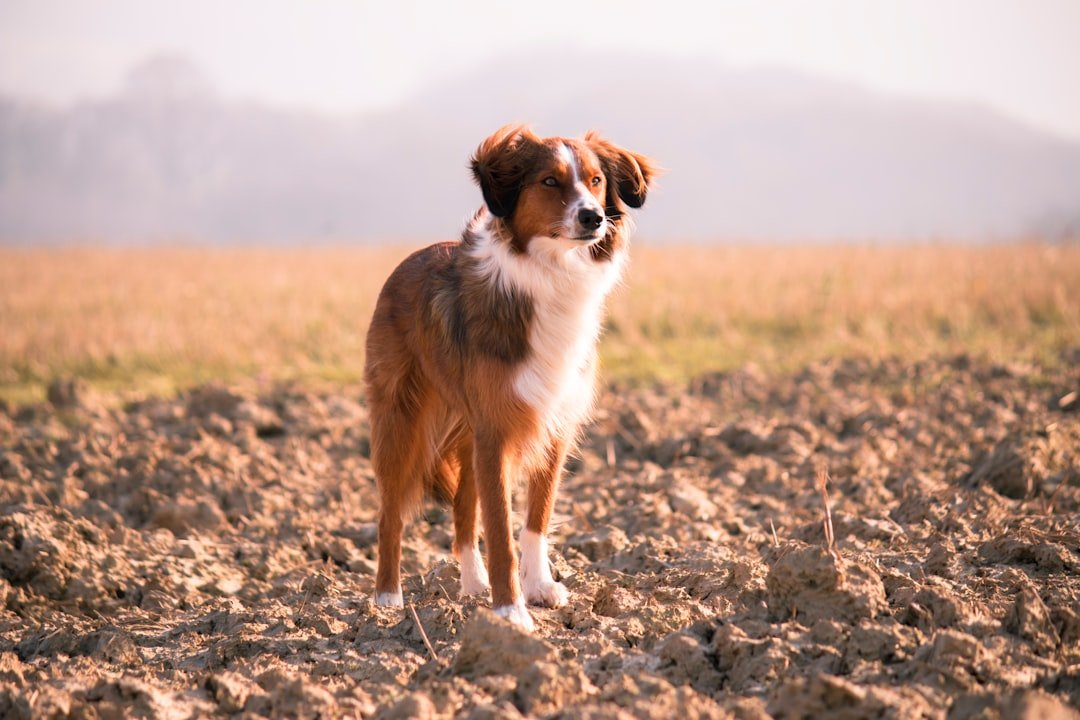
A dog’s body language says so much. When a protective dog senses something different or suspicious, their posture changes instantly. You might notice their ears perk up, tail stiffen, and body become tense. Their eyes scan the environment, and they stand tall, ready for action. This alert stance is more than curiosity—it’s a readiness to spring into protective mode if necessary. If your dog regularly surveys your home or yard, or seems to “patrol” the area when you’re outside, they’re fulfilling their role as a natural guardian. Their vigilance is a silent promise: they’re always on the lookout, just in case.
Barking at Strangers or Unfamiliar Noises
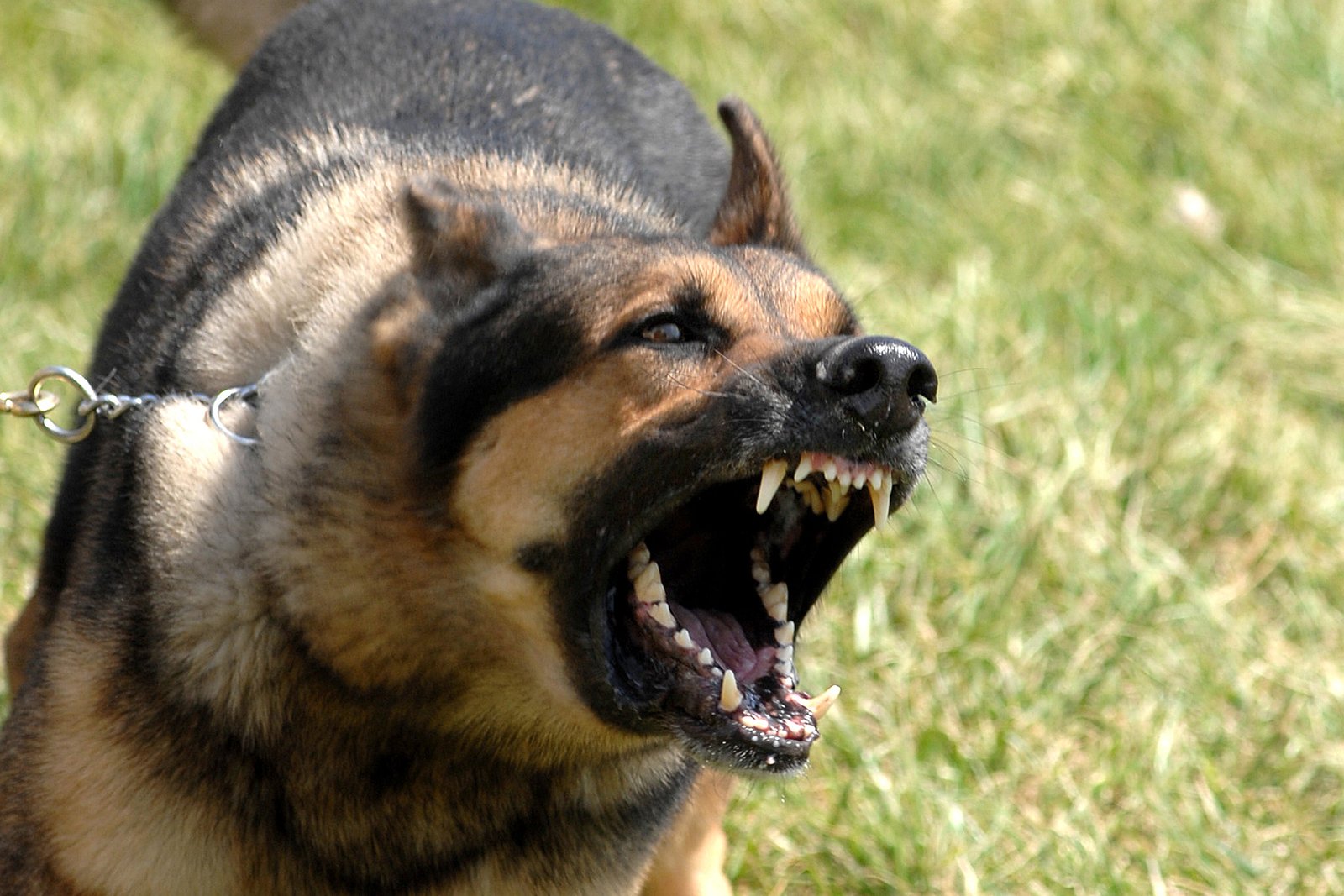
Protective dogs often express their instincts through barking, especially when they hear a noise that is out of the ordinary or spot a stranger approaching. This type of bark is not the playful yipping of a dog wanting attention; it’s deeper, more urgent, sometimes even startling. Your dog is essentially raising the alarm, much like a sentry would. While this can sometimes feel annoying, it’s actually a clear signal that your pet is tuned in to their surroundings and eager to warn you of anything unusual. Dogs with this trait rarely miss a beat, making them excellent early warning systems for their families.
Placing Themselves Between You and Others
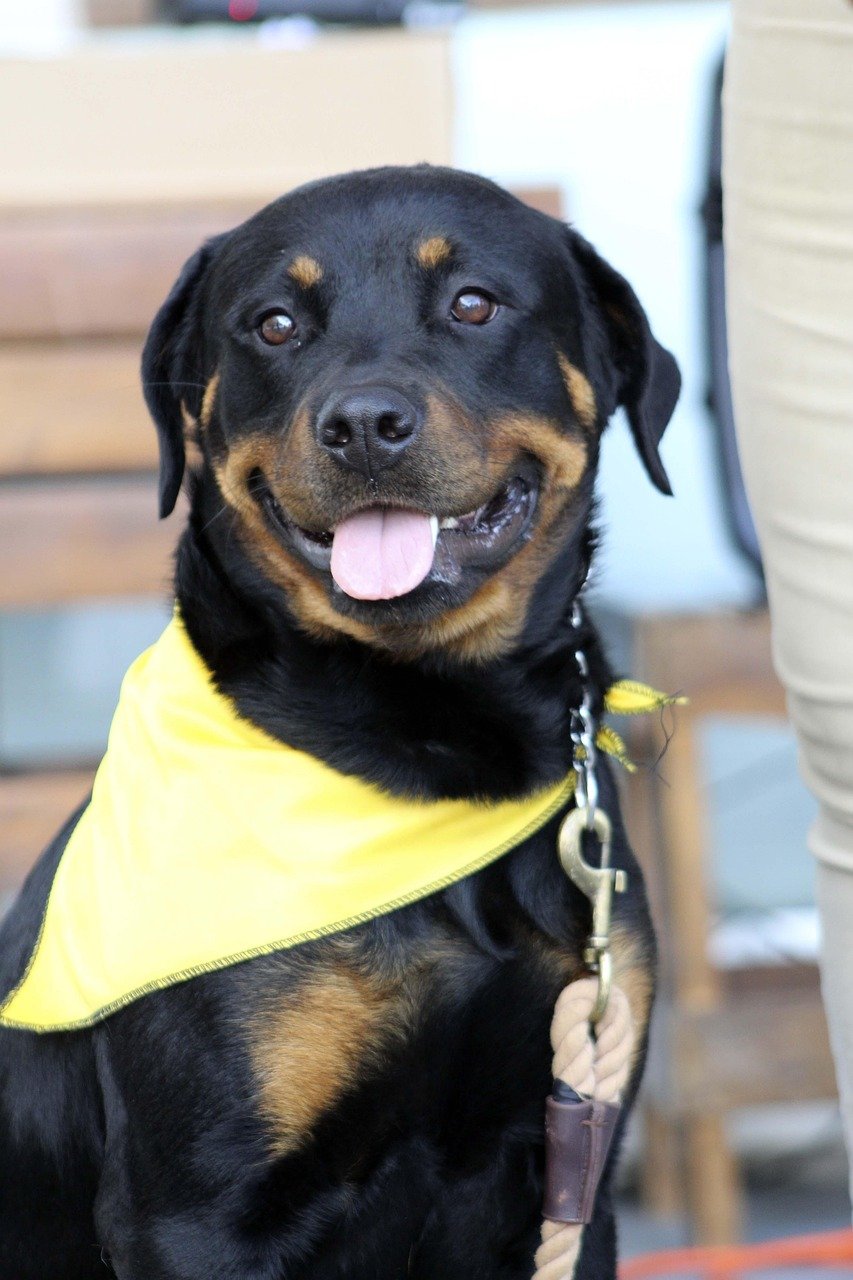
Have you ever noticed your dog gently nudging in front of you when someone new approaches? This is a classic sign of a protective instinct. Dogs that do this are subtly saying, “I’ll check this out first.” It’s a quiet but powerful gesture that shows their willingness to act as a barrier. Whether it’s a delivery person, a visitor, or even another animal, your dog’s instinct to step between you and something unfamiliar is a sure sign they see themselves as your protector. This behavior can make you feel both loved and safe in their presence.
Following You From Room to Room
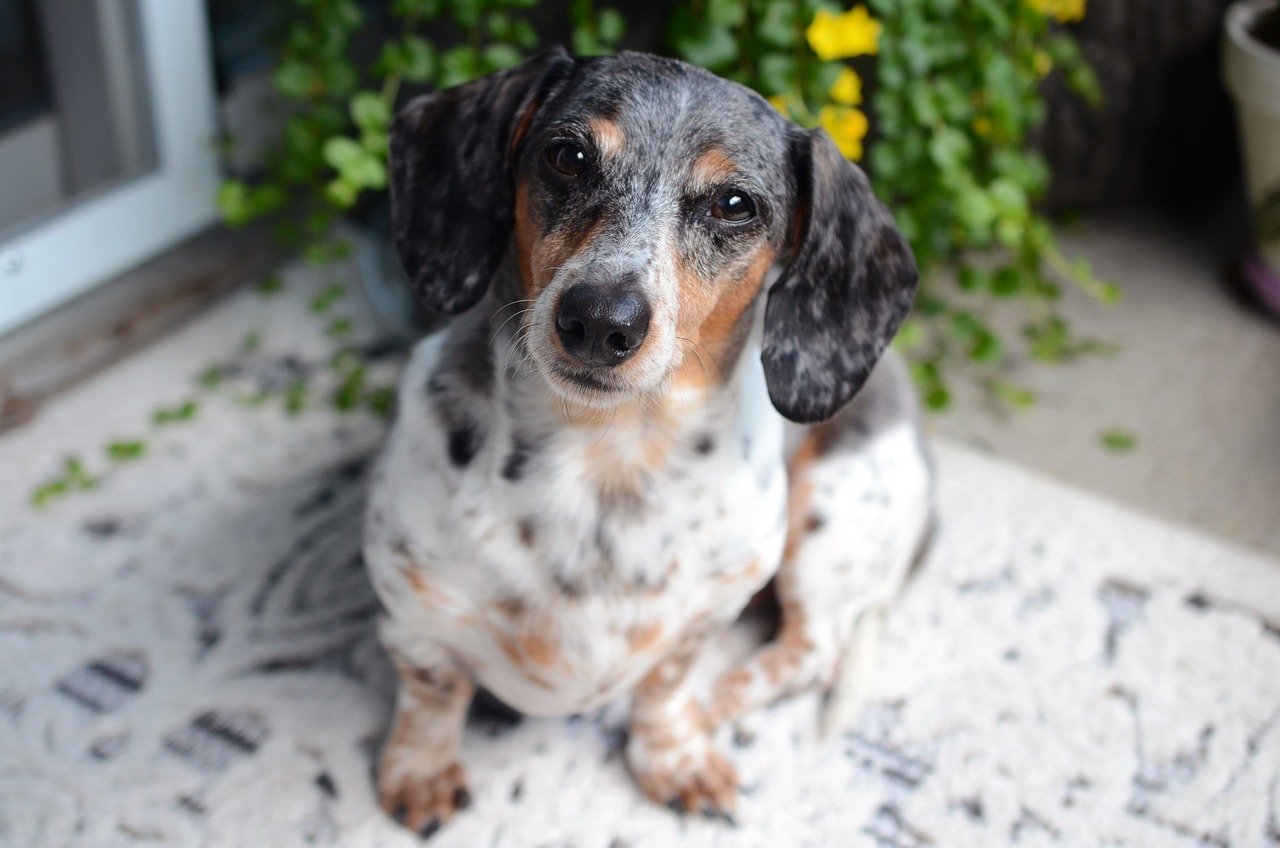
Does your dog follow you everywhere, sometimes even to the bathroom? While this may seem like simple attachment, it often has a protective root. Dogs with strong instincts want to keep you in sight at all times, just in case something happens. This constant companionship is their way of ensuring that you’re safe and accounted for. It’s almost as if they’re on a self-appointed security detail, never letting you out of their watchful gaze. If you have a “velcro dog,” odds are good that protection—not just affection—is part of the reason.
Reacting Strongly to Sudden Movements or Loud Sounds
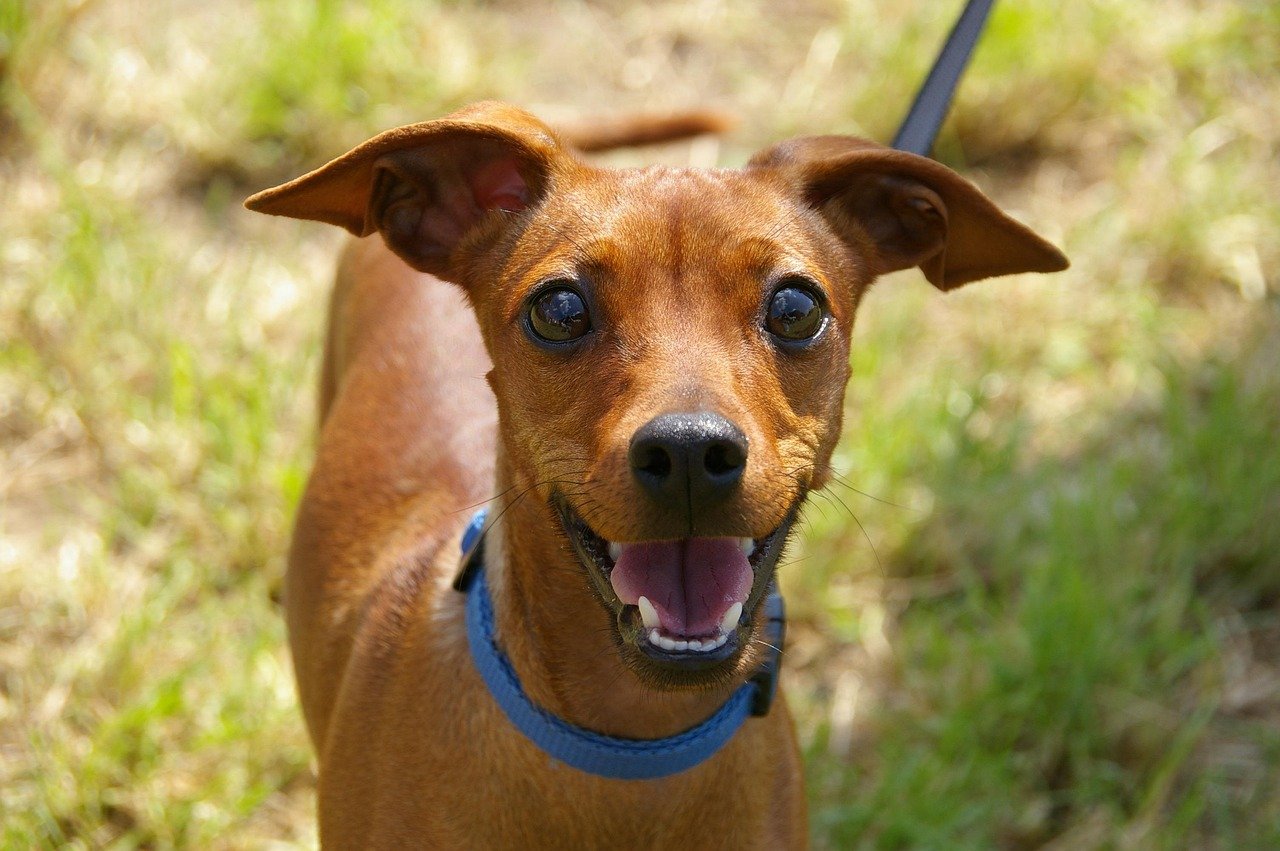
Dogs with natural protective instincts are often quick to react to abrupt changes in their environment. If someone gestures suddenly toward you or there’s a loud bang, a protective dog may immediately jump up, bark, or put themselves between you and the perceived threat. Their quick reflexes are a sign that they are always ready to defend you. This heightened sensitivity can be a double-edged sword—sometimes startling you as much as the noise itself—but it comes from a place of genuine concern and loyalty.
Growling or Showing Teeth When Threatened
Though it can be unnerving, a low growl or the flash of teeth is a classic protective signal in dogs. They use these warnings to show that they are serious about defending their loved ones. If your dog only shows this behavior when a stranger gets too close or when they sense real danger, it is likely a sign of protective instinct rather than aggression. Dogs usually give plenty of warning before resorting to action, signaling to any would-be threat that they are not to be messed with. This is their way of saying, “Back off, this person is mine to protect.”
Calming Down Quickly When You’re Relaxed
A truly protective dog pays close attention to your emotions. If you appear calm and at ease, they often mirror your mood and relax as well. This is because their main concern is your well-being. When you reassure them that all is well, they take it as a cue to lower their guard. This emotional connection is a sign of a deep bond and a well-developed protective instinct. It’s as if your dog is constantly checking in: “Are you okay? If you are, then I am too.”
Guarding Specific Places or Objects
Some dogs naturally guard not just people, but also certain places or belongings. If your dog is particularly watchful over your home, car, or even their favorite toy, it’s a sign of a protective streak. They see these things as part of their “pack” and want to keep them safe. For example, you might notice your dog sitting by the front door, alert to every passerby, or hovering near your children while they play outside. This territorial behavior shows your dog’s commitment to protecting what matters most to them.
Responding to Your Stress or Anxiety
Dogs with protective instincts are incredibly sensitive to your emotions, especially when you’re anxious or upset. If your dog comes to your side, licks your hand, or sits closer when you’re feeling stressed, it’s not just for comfort—it’s their way of offering protection. They may even become more alert or watchful, ready to step in if needed. This emotional radar means your dog is always tuned into your needs, trying to keep you safe both physically and emotionally.
Standing Their Ground When Needed
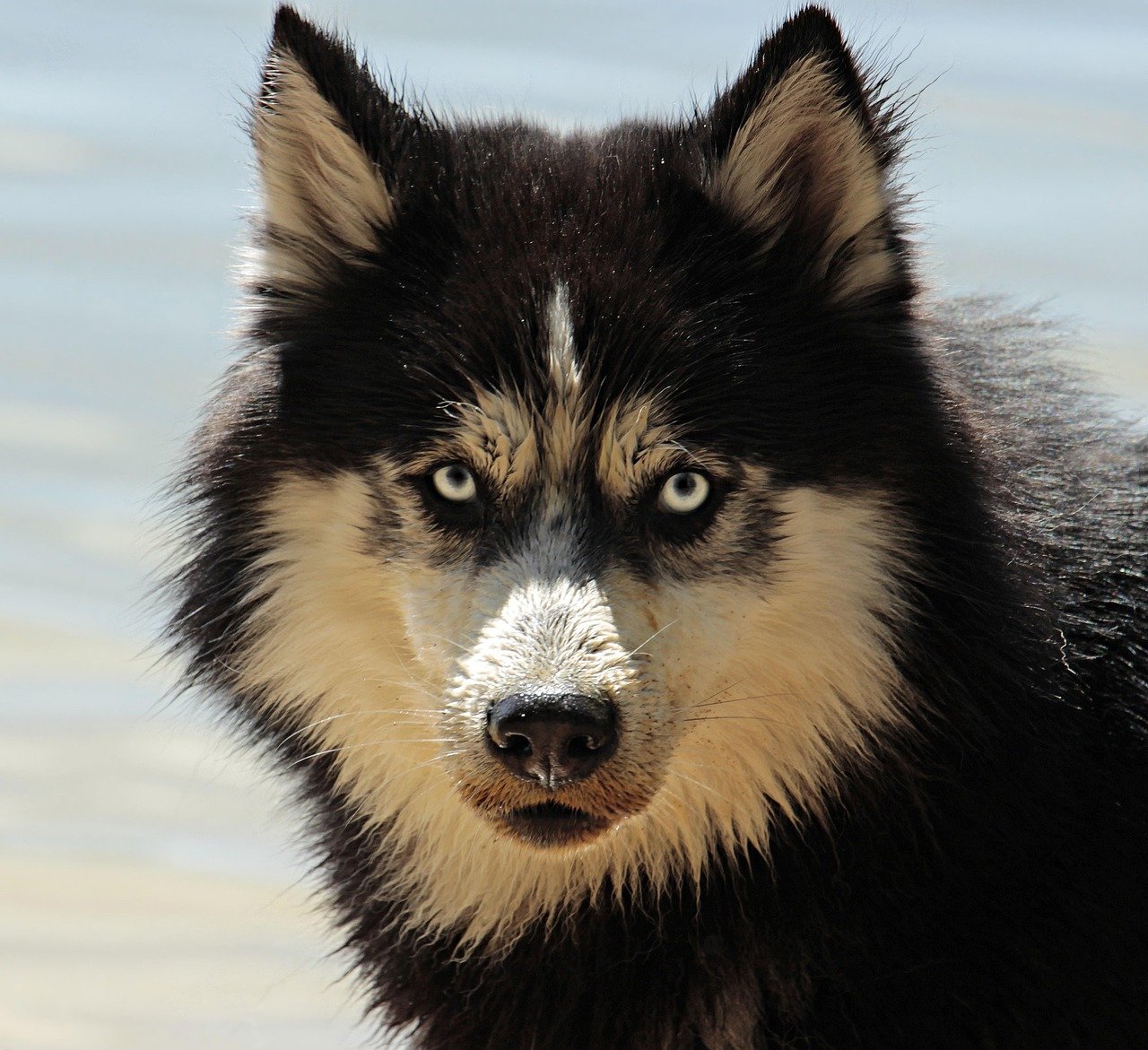
When it comes to real or perceived threats, a protective dog won’t back down easily. They may stand firm, tail raised, and body tense, signaling to others that they’re not afraid to defend their loved ones. Even small dogs can show this trait, bravely confronting much larger animals or people if they sense danger. This boldness is a hallmark of a naturally protective dog. It’s not about aggression; it’s about courage and devotion, the kind that makes you proud to have them by your side.
Showing Affection After a “Threat” Passes
Once a potential threat has gone, many protective dogs immediately check on their owners, sometimes with a wagging tail, nuzzle, or lick. This affectionate behavior is their way of making sure you’re alright. It’s almost as if they’re saying, “The danger’s gone, but I’m still here for you.” This blend of vigilance and tenderness is what makes protective dogs so special. They don’t just guard you—they love you fiercely, every moment of every day.
Recognizing the signs of natural protective instincts in your dog can deepen your understanding of their behavior and strengthen your bond. Whether they’re alerting you to unfamiliar sounds or standing guard during walks, these traits reflect loyalty, attentiveness, and a deep emotional connection. By nurturing these instincts through proper training and socialization, you can help your dog feel confident, secure, and ready to protect without fear or aggression. After all, a protective dog isn’t just a guardian—they’re a trusted member of your family.

Linnea is a born and bred Swede but spends as much time as possible in Cape Town, South Africa. This is mainly due to Cape Town’s extraordinary scenery, wildlife, and atmosphere (in other words, because Cape Town is heaven on earth.) That being said, Sweden’s majestic forests forever hold a special place in her heart. Linnea spends as much time as she can close to the ocean collecting sea shells or in the park admiring puppies.





